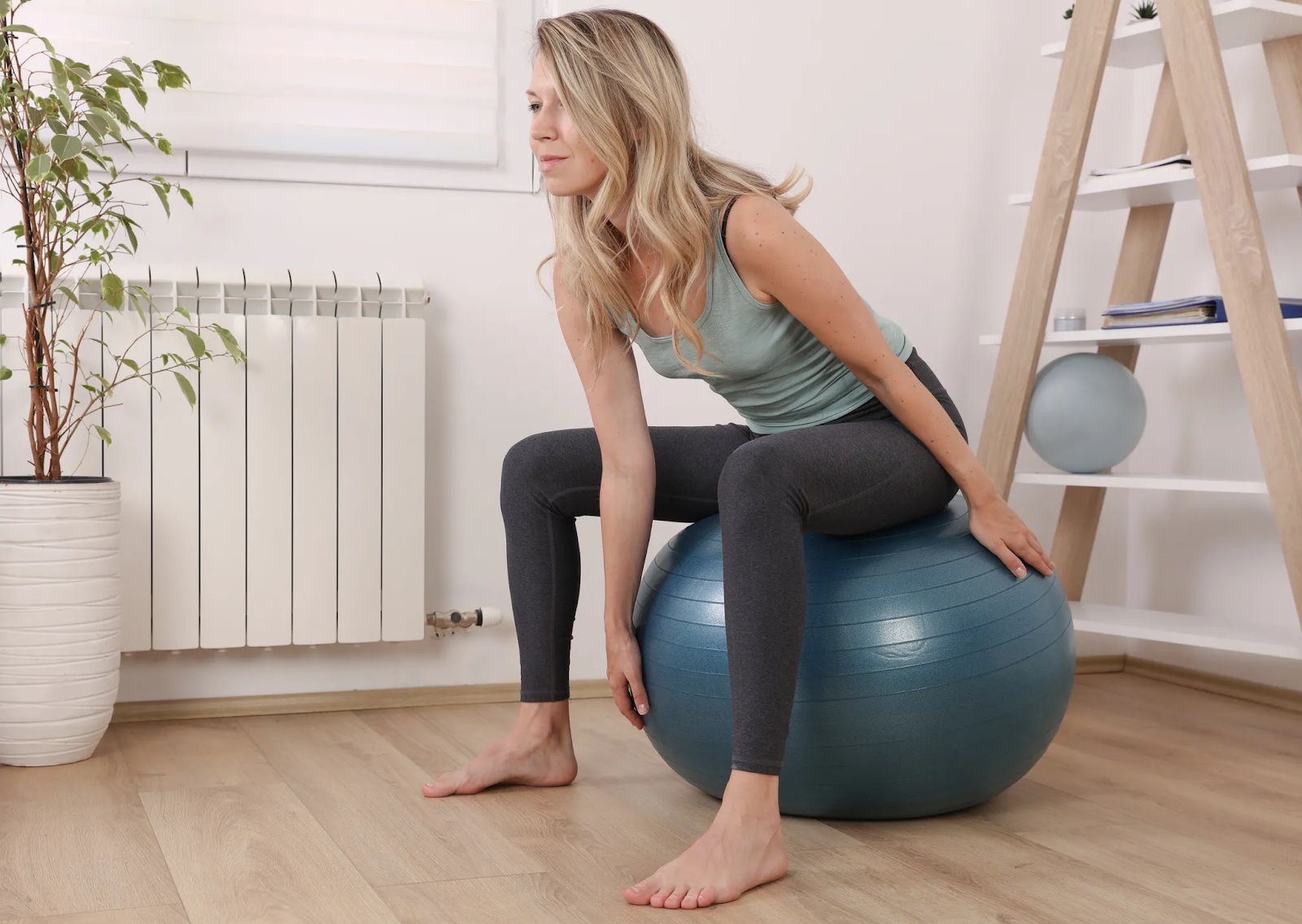Pelvic Floor Exercises for Men: What You Need to Know

In the realm of men's health, discussions often revolve around topics such as muscle building, cardiovascular fitness, and mental well-being. However, there's one crucial aspect that tends to be sidelined: pelvic floor health. Contrary to the common misconception that pelvic floor exercises are solely for women, men can greatly benefit from incorporating these exercises into their routine. This article delves into the significance of pelvic floor exercises for men and sheds light on why they should not be overlooked. Understanding the Pelvic Floor: More Than Meets the Eye The pelvic floor is a muscular hammock that spans the area between the pubic bone and the tailbone. It supports the bladder, rectum, and in men, the prostate. The muscles of the pelvic floor are responsible for controlling urination, bowel movements, and sexual function. As men age, these muscles can weaken, leading to issues such as urinary incontinence, erectile dysfunction, and even pelvic organ prolapse. T...
